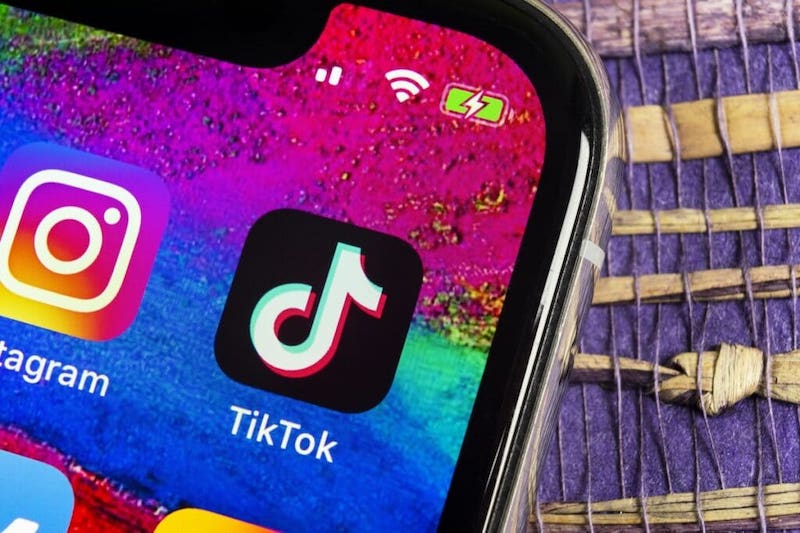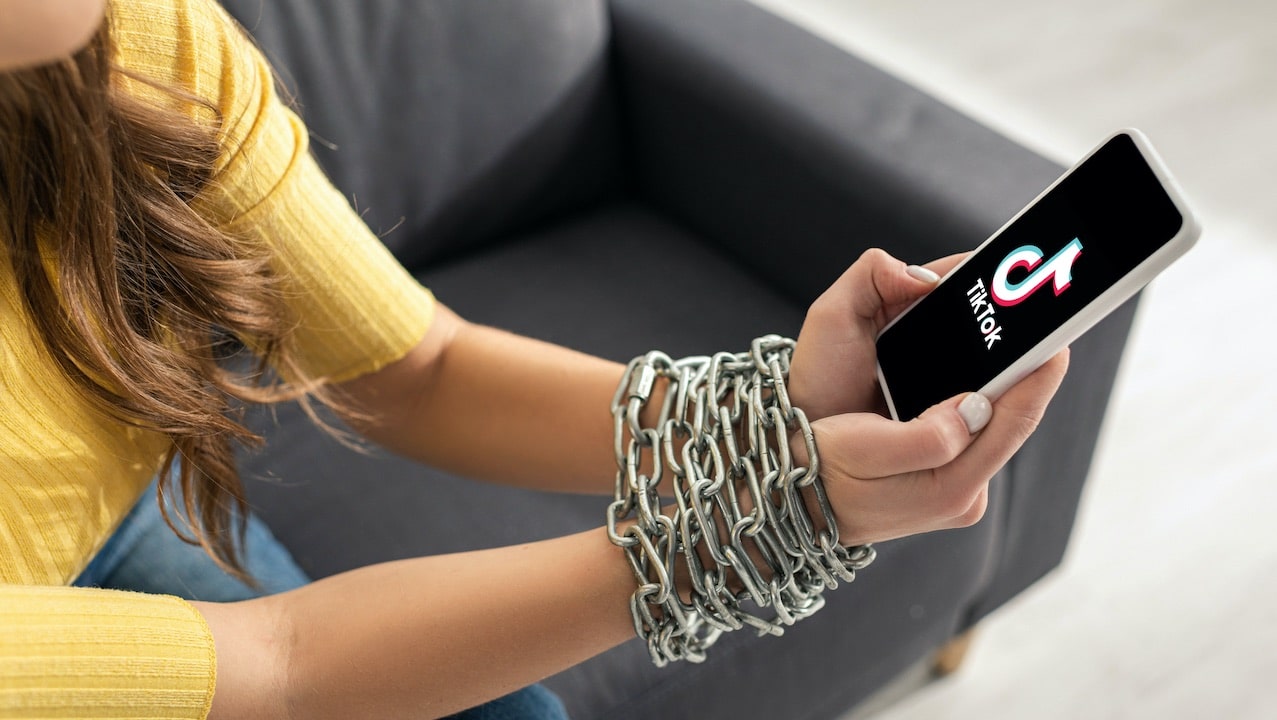The relationship between TikTok and teenagers is complex and multifaceted.
The social network, as we will see, if on the one hand it has attracted numerous criticisms, on the other it has also shown unexpected potential.
Certainly, TikTok is the social network most loved by young and very young people, and this makes its position even more delicate.
The same company wanted to commission an internal investigation, to better understand the relationship between TikTok and the teenagers who use it. In addition, the Chinese social network will make some changes, designed to protect its younger audience.
Let’s find out more about the company’s internal report, and then see what measures TikTok will take to protect teens.

TikTok and teenagers: the internal investigation
The challenges that take place in the platform represent the most criticized aspect of the relationship between TikTok and teens.
Our readers will remember the absurd death by asphyxiation of a 10-year-old girl from Palermo, who had participated in an online challenge on the social network.
Well, the Chinese company has commissioned one global research, which involved over 10 thousand people of various ages, to understand how young and very young people face the challenges that arise on TikTok. Respondents live in Argentina, Australia, Brazil, Germany, Italy, Indonesia, Mexico, United Kingdom, USA and Vietnam.
The results of the report
The survey was commissioned by The Value Engineers (TVE), a brand consulting firm.
Research results tell us that only 0.3% of respondents aged 13-19 said they took part in a challenge they considered dangerous.. Conversely, for 48% of teens, challenges on TikTok were perceived as safe and fun. According to 32%, the challenges have a low risk. And 14% of young people perceive challenges as rather risky and dangerous. Only 3% of the challenges were defined as very dangerous by the boys.
Internal research also revealed that Teen TikTok users, before participating in an online challenge, take some precautions to understand the risks. For example, they watch videos of other participants, read comments and talk about them with friends.
However, 46% of respondents said they wanted “greater availability of valid information on risks and extreme activities”.
Challenge and buffaloes
Thanks to a group of dozens of security experts, TikTok explained how many of the challenges discussed in the recent past are hoaxes. “These include Galindo, Blue Whale and Momo. Hoax challenges propagate false information about an attacker who prompts children to carry out a variety of harmful activities, which end in self-harm or suicide. In reality, they are stories built to spread and perpetuate fear and anxiety, without any genuine element of participation ”.

TikTok and teenagers: how social media will change
TikTok is already removing the buffalo challenge which can lead to self-injurious behavior.
Ma the platform will also act in other directions. This was stated by Alexandra Evans, European head of the Social Safety Public Policy: “We will also eliminate alarmist content which, by treating misleading content and hoaxes as real, can be harmful. Instead, we will continue to allow conversations that seek to eliminate panic and promote accurate information.
We’ve expanded the use of technology to alert security teams about sudden spikes in illegal content associated with certain hashtags, as well as catching potentially dangerous behavior.
We will investigate the causes and take measures to prevent the presence of potentially harmful content.
With the collaboration of Dr Graham and Dr Brion-Meisels, we have made more effective the language used in the warning messages displayed when searching for content related to dangerous challenges or hoaxes.
A new message encourages you to visit the Security Center to learn more and, in the case of hoaxes associated with suicide or self-harm, additional resources will also be displayed in the search. “
When TikTok saves life
But, as we said at the beginning of the article, TikTok does not only have a risky side, especially for the youngest.
Recently, the platform has even proved invaluable in saving lives in several cases.
A few days ago, for example, a sixteen-year-old girl from Kentucky, kidnapped, was saved by mimicking a series of help signals made popular by TikTok from the window of the kidnapper’s car.
And a forty-four year old from Padua, who had posted a video in which she manifested suicidal intentions, was reported by friends and relatives to the police. Which convinced her to desist from her self-harming intent.















Leave a Reply
View Comments